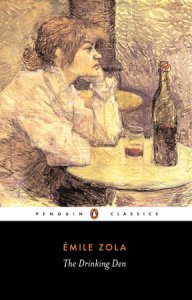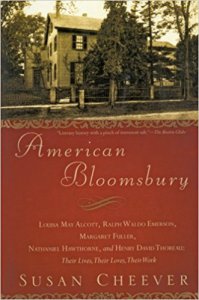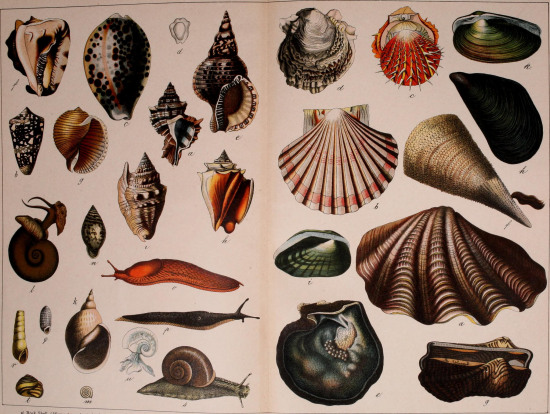Merry Christmas (two days late)! We ate Laurie Colwin’s roast chicken, watched a Grade-B movie, Christmas with the Cranks, and skipped our walk because it was very cold. And now it is almost the New Year, and my journal tells me I have neglected to write about three of my favorite books of the year. So here are three review-ettes.
 1 L’Assomoir, or The Drinking Den, by Emile Zola. Influenced by Balzac’s La Comédie humaine, Zola wrote the Rougon-Macquart series of 20 connected novels to explore the effects of heredity and environment on a family inclined to dissipation and madness. The plots of these brilliant naturalistic novels are sometimes over-the-top, but that makes them all the more entertaining. In The Drinking Den, Zola charts the descent of a hard-working family into alcoholism and poverty.
1 L’Assomoir, or The Drinking Den, by Emile Zola. Influenced by Balzac’s La Comédie humaine, Zola wrote the Rougon-Macquart series of 20 connected novels to explore the effects of heredity and environment on a family inclined to dissipation and madness. The plots of these brilliant naturalistic novels are sometimes over-the-top, but that makes them all the more entertaining. In The Drinking Den, Zola charts the descent of a hard-working family into alcoholism and poverty.
Gervaise Macquart, the engaging heroine, is a cheerful, industrious woman who works as a laundress to support her children after her alcoholic lover deserts them. She is my one of Zola’s most likable characters, and in fact the original title of this novel was Gervaise. Her neighbor, the decent, hard-working roofer, Coupeau, wants to marry her, and eventually she gives in. They do not drink hard liquor, and they are happy and respectable in a neighborhood where others are crushed by poverty and alcohol. Gervaise saves money to open her own laundry, but after Coupeau has an accident, he becomes an alcoholic and she must support him. Gervaise is indulgent: she opens the laundry, and the business is successful. Things do decline, but Zola’s detailed descriptions of the work, gossip, and smells at the steaming, hot laundry are utterly engrossing. How can Gervaise and Coupeau resist the degradation of their poor neighborhood? This is one of the grimmest of Zola’s novels, but it paints a very accurate picture of alcoholism.
2 Esther Waters by George Moore. Influenced by Zola, George Moore is best remembered for his naturalistic novel, Esther Waters, praised by Gladstone when it was published in 1894. Esther, a religious, illiterate kitchen maid, witnesses the appalling consequences of betting and horse-racing when the owner of the estate, who raises and races horses, goes broke. The cook’s son, William, had seduced Esther before running off with another woman, and now pregnant Esther must leave and fend for herself in poverty. Moore unflinchingly details her struggles to stay out of the workhouse, find a job, and raise her illegitimate son. Esther survives, but the racetrack comes back to haunt her when she falls in love again.
 3 American Bloomsbury: Louisa May Alcott, Ralph Waldo Emerson, Margaret Fuller, Nathaniel Hawthorne, and Henry David Thoreau: Their Lives, Their Loves, Their Work. This compelling, readable history of the 19th-century writers who inhabited Concord, Mass., is aptly named. Concord really was the American Bloomsbury. Cheever’s study of Concord’s group of liberal, intellectual, bohemian writers, most of whom the generous Emerson supported, illuminates the development of their work, novels, and philosphy. The relationships in this community were intricate, almost incestuous. Margaret Fuller was not only a feminist journalist, but a vamp. Who knew? I did hastily tour Louisa May Alcott’s house many, many years ago, but now want to go back and walk all over Concord.
3 American Bloomsbury: Louisa May Alcott, Ralph Waldo Emerson, Margaret Fuller, Nathaniel Hawthorne, and Henry David Thoreau: Their Lives, Their Loves, Their Work. This compelling, readable history of the 19th-century writers who inhabited Concord, Mass., is aptly named. Concord really was the American Bloomsbury. Cheever’s study of Concord’s group of liberal, intellectual, bohemian writers, most of whom the generous Emerson supported, illuminates the development of their work, novels, and philosphy. The relationships in this community were intricate, almost incestuous. Margaret Fuller was not only a feminist journalist, but a vamp. Who knew? I did hastily tour Louisa May Alcott’s house many, many years ago, but now want to go back and walk all over Concord.






